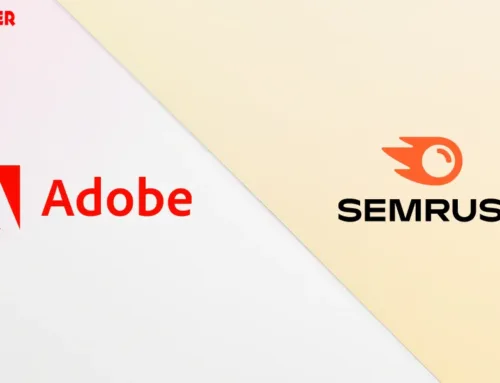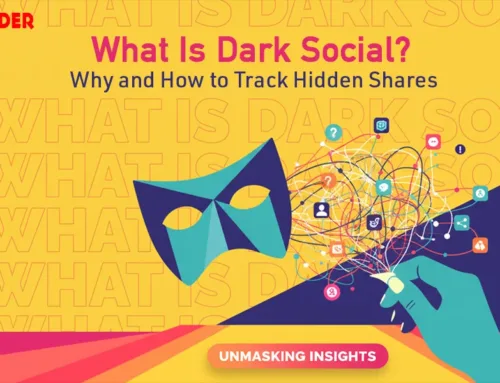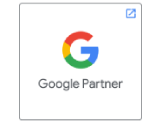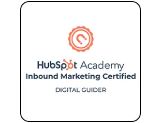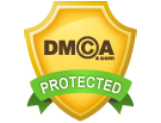You have a small business in the US and want to attract more customers or increase footfall to your store. SEO marketing is your trusty sidekick that will help you achieve your goals. Let us dive into SEO marketing to learn its digital magic.
What is SEO Marketing?
SEO marketing is like giving your website a map so search engines, like Google, can find it easily. It’s not about tricking the search engines but helping them understand what your website is about. When your site is tailored for search engines, it will appear to people seeking your products or services. As part of digital marketing, SEO marketing optimizes websites for top search engines like Google.
Experts decode secret algorithms, revealing best practices for online visibility. Marketing SEO means making your website appear at the top of the results when people use Google. Effective marketing SEO tells Google your content is the best answer to common questions, putting it at the top of search results. A successful SEO campaign ensures your content is seen when users search on Google, making your business stand out online. It’s not just a game; it’s a smart way to succeed in the digital world.
Why is SEO Marketing Crucial?
Imagine having a shop on a hidden street. No one would know it’s there. SEO brings your shop to the main street where everyone can see it. This visibility is crucial because when people search online, they usually click on the first few results. SEO helps your website reach those top spots, bringing more visitors and potential customers. Let us understand how SEO marketing helps.
Enhancing User experience
After fine-tuning your website or online store, visitors are prone to have a more pleasant experience in the following ways:
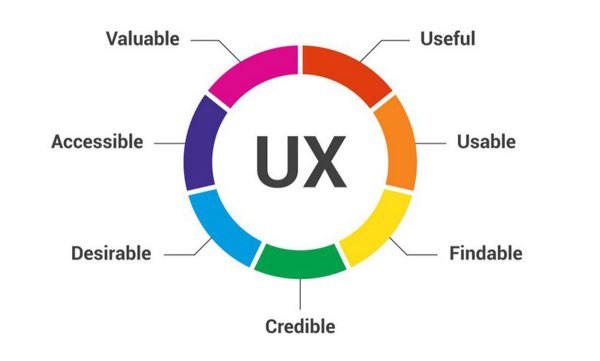
- Improved website structure and navigation- Moving effortlessly between different pages on the site.
- Enhanced content on each page- Easily read web content, grasp credible and pertinent information, and take actions like subscribing to emails, completing a contact form, or purchasing.
- Quicker loading times- Navigating and scrolling swiftly with minimal delays in accessing information.
Increase Online Visibility
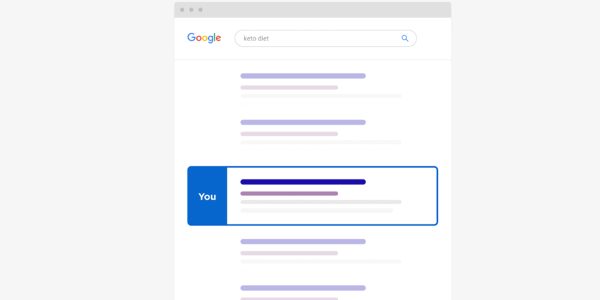
Your position on the SERP holds significance. According to Backlinko, the top organic (unpaid) search result on Google attracts 27.6 percent of clicks. There’s a noticeable decrease in clicks for results on the second page, emphasizing the advantage of being on the first page. Additionally, Semrush notes that 95 percent of clicks on Google go to organic search results.
Higher Organic traffic
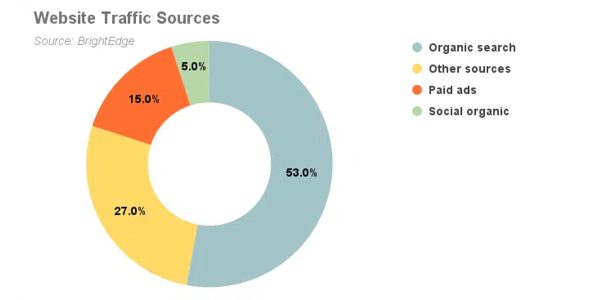
Utilizing paid advertisements is a method to boost website traffic, but it can incur significant costs. By employing an SEO digital marketing approach, you can achieve high rankings in search results, drawing in organic (free) traffic to your site. People discover and engage with your content without relying on paid ads. Furthermore, establishing yourself as a reliable information source in the market enhances the impact of your paid advertisements.
Strategic Customer Insights
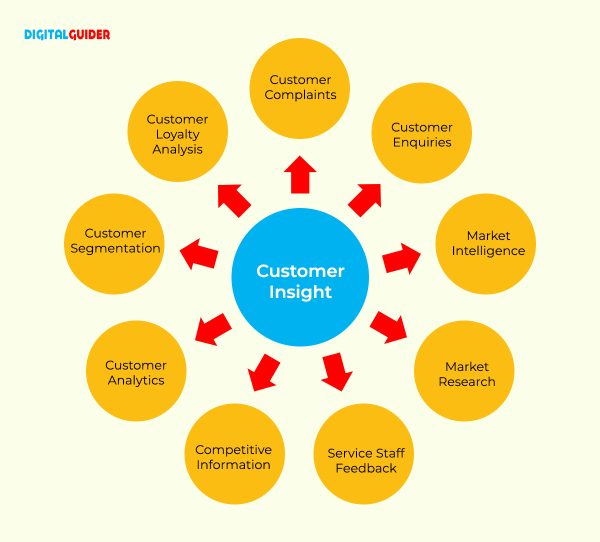
A big part of running a successful business is understanding what customers need. In the SEO marketing journey, you gather customer insights by:
- Checking what terms customers are searching for through keyword research, including questions about how and why, as well as product and brand names.
- Figuring out why customers search for specific keywords is called searcher intent.
- Finding out what kind of content makes customers subscribe or buy products.
5 Effective SEO Marketing Key Steps for Success
1. Niche-Specific Keyword Research
Think of keywords as the words people use to find things on the internet. Researching the right keywords for your business helps you understand what your customers seek. Perform keyword research to grasp what your intended audience is searching for. You can focus on them in your SEO content marketing plan.
Keyword research aids in:
- Grasping the words your readers use when searching.
- Creating content that aligns with search intentions.
- Bringing more pertinent traffic to your website.
Tools like Google Keyword Planner can guide you to choose the best words for your content.
2. On-Page Optimization
Making your website attractive to search engines involves tweaking things on your pages. Use catchy titles clear descriptions, and organize your content with headings. When search engines understand your pages better, they can recommend them to people searching for related topics.
The essential elements for on-page SEO include:
- Title Tag: A concise version of your page’s title, ideally under 60 characters. It should incorporate your primary keyword, a secondary keyword, and your brand’s name. This is how the title appears in search engine results pages (SERPs) and is crucial in attracting viewers.
- Meta Description: A summary of a page’s content, kept under 160 characters for complete visibility in SERPs. It provides readers with expectations of the article and encourages clicks. The meta description should feature your primary keyword or a synonym.
- Images: Include at least one optimized image with a keyword-infused description. Also, provide alt text describing the image.
- URL: Keep the web address simple, avoiding numbers and dates. Opt for a version of your title with hyphens separating each word for easy readability and identification.
- Internal Linking: Links pointing to other content within your website show search engines that your material is part of a broader and pertinent subject, positioning you as an authority in the field. Use a keyword as the anchor text for the hyperlink.
- Content: The core of the web page, the article itself. Incorporate the keyword in the first 100 words and align the content with search intent. Integrate the keyword or synonyms throughout to reinforce the page’s theme. Maintain proper grammar and ensure the content is accessible to a diverse audience with varying academic backgrounds.
3. Off-Page Optimization
Off-page optimization is like making friends on the internet. It builds authority when different other websites link to yours. Social media is also a way of telling search engines that people like what you share. It’s like having a big group of friends talking about your shop. Every business appreciates referrals because they indicate that people like, trust, and are satisfied with your products or services.
Think of off-page SEO as your referral program—compelling but challenging. Off-page SEO is when other websites link to your content. Search engines find your content authoritative, as other sites trust it enough to link to it. Many businesses work on off-page SEO by contacting other companies and directing them to relevant content on their own site.
However, this is what makes off-page SEO tricky. Other websites need a good reason to refer to your site. While some pay for links, it’s considered a frowned-upon practice, known as a black hat technique, and Google may penalize it if detected.
Aside from getting backlinks, another off-page strategy involves getting online reviews for your company, products, or services. This could be a formal review by another website or customer testimonials on platforms like Google Business Profile.
Another aspect of off-page SEO is brand signalling. When people directly search for your company name, it indicates that your brand is relevant and sought after by users.
4. Technical SEO
Technical SEO guarantees that your website is user-friendly and easily discoverable by search engines. Search engines might not recommend it if your site loads slowly or doesn’t work well on phones. Making your site fast, secure, and user-friendly helps SEO. Technical SEO involves how your website is constructed—the structure of your website. Search engines aim to recommend fast and reliable websites, ensuring users can quickly and dependably find information.
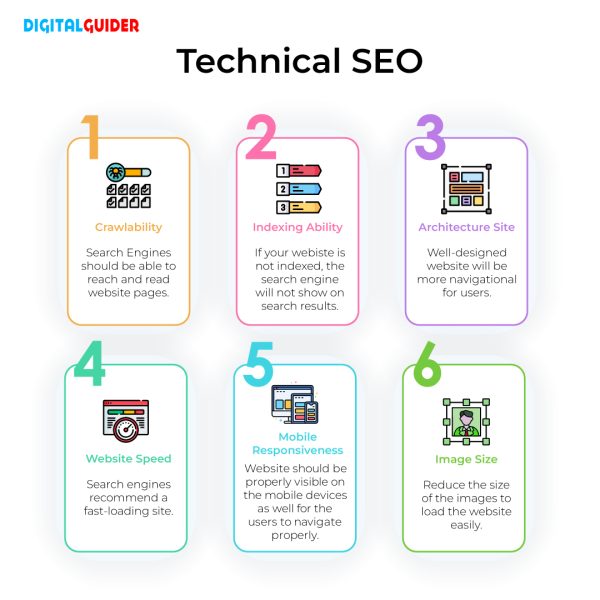
The key elements of technical SEO include:
- Improving your site’s speed to ensure fast page loading—ideally within three seconds or faster.
- You are fixing any errors on your site, as Google prefers directing users to error-free pages.
- Ensuring your website is mobile-friendly since most users access content on smartphones or tablets, and mobile-friendliness contributes to better rankings.
- Create and maintain a site map, which the search engine uses to crawl and index your content.
- You are avoiding duplicate content to enhance the quality and uniqueness of your website.
- Learn to optimize your website for better performance with these technical SEO practices.
5. Local SEO
Local SEO holds special significance for small businesses aiming to establish a presence within their community. This is especially helpful when searching, for example, a local ice cream shop or pet store.
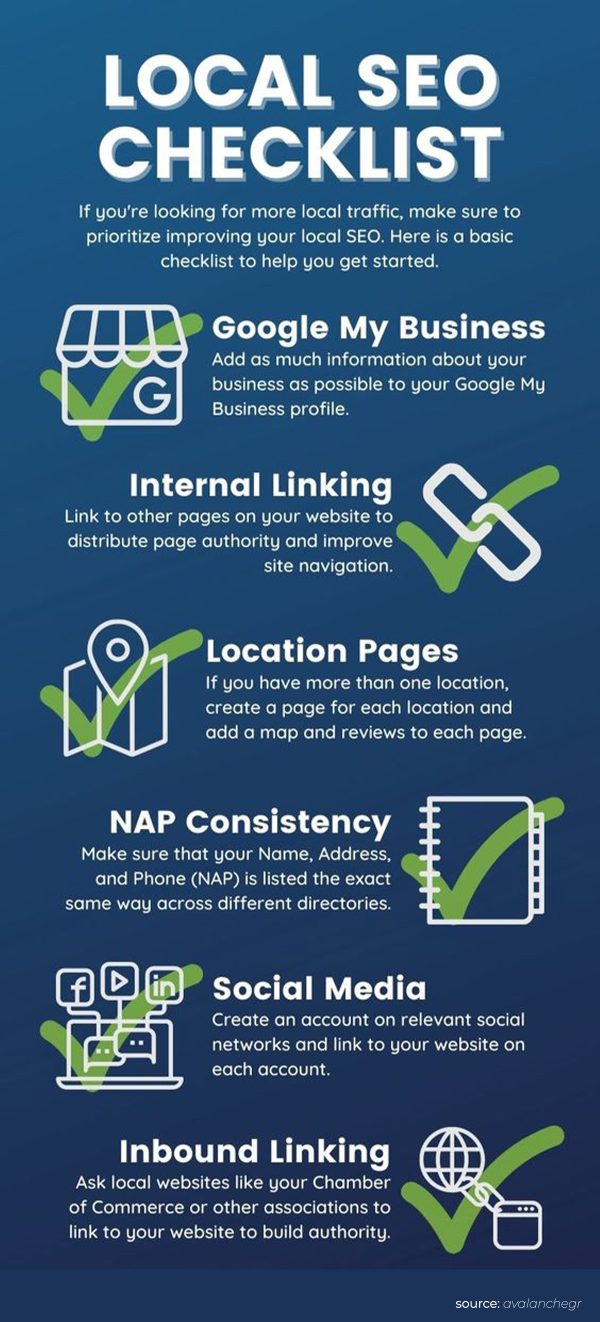
Image Credit: avalanchegr
Achieving effective local SEO involves:
- Showing your company name, address, and phone number (NAP) on every website page.
- Include your business contact details in local business directories like the Chamber of Commerce or local publications.
- Ensuring the accuracy of NAP information across all pages, directories, and social media platforms.
- Creating and maintaining a Google Business Profile page.
Local SEO enables you to stand out in your local market, signalling to searchers that you are an accessible and relevant business worth choosing.
Conclusion
In the vast online world, SEO marketing is a fundamental digital marketing strategy to ensure your website is noticed in the crowd. It’s a simple yet powerful tool to help your business grow. By understanding what your customers are looking for, making a user-friendly website for search engines, and keeping it fresh and updated, you’re on the path to online success.
SEO is not about shortcuts; it’s about making your website the go-to place for people searching for what you offer. So, start small, stay consistent, and watch your online presence blossom!
FAQs – SEO Marketing
Q1. Is SEM different from SEO marketing?
A1: Yes, SEO focuses on improving organic search rankings through optimization strategies, while SEM includes paid advertising, such as PPC, to increase visibility on search engines.
Q2. How does SEO marketing benefit small businesses compared to traditional advertising methods?
A2. SEO is cost-effective, builds long-term visibility, and attracts organic traffic, while traditional advertising often has short-term results and higher costs.
Q3. How can small businesses measure the success of their SEO efforts?
A3. Use tools like Google Analytics to track metrics such as organic traffic, keyword rankings, click-through rates, and conversions.
Q4. What are the common misconceptions about SEO marketing for beginners?
A4. Many think SEO is a one-time effort, guarantees instant results, or focuses only on keywords, but it’s an ongoing process that involves multiple strategies.
Q5. How can social media support your SEO marketing goals?
A5. Social media boosts content visibility, drives traffic to your website, and increases brand signals, which can positively influence SEO rankings.
Q6. What is the role of mobile optimization in an effective SEO strategy?
A6. Mobile-friendly websites rank higher on search engines, provide a better user experience, and capture a significant share of mobile search.
Q7. Which is better, Google Ads or SEO marketing?
A7. Google Ads gives quick, top-page results, while SEO helps long-term rankings. For fast results, use ads; for budget-friendly, choose SEO.
Q8. How do SEO tools help in improving website rankings?
A8. SEO tools like Google Analytics and SEMrush provide insights into keyword performance, backlinks, and site structure, helping you optimize your SEO efforts.
Q9. Does Google charge for SEO marketing?
A9. No, SEO marketing is free and focuses on organic rankings. Costs only arise if you hire professionals or use SEO tools.

